
Flamborough Bird Observatory
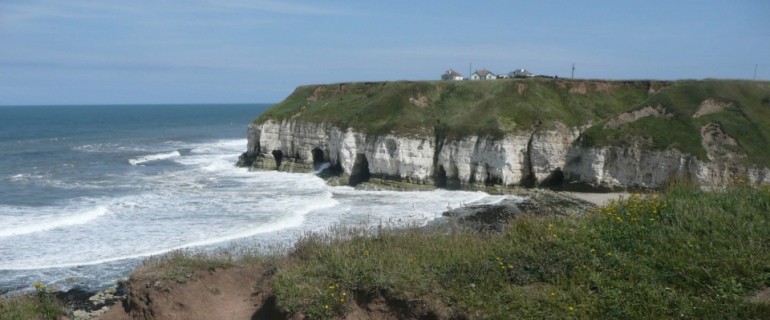
Flamborough Bird Observatory (FBO) is administrated by a team of dedicated volunteers, whose aims include studying and recording the birds of the area, creating and maintaining local habitats for wildlife, and promoting conservation in the community. To find out more, learn how to become a member and read the daily bird sightings CLICK HERE
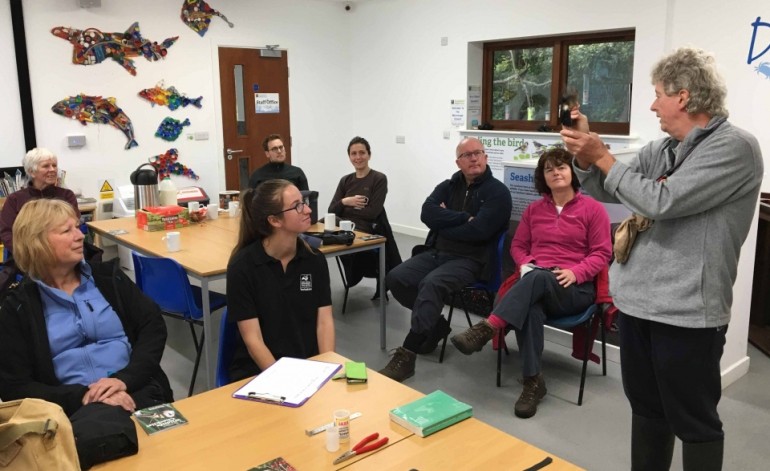
A birding ringing demonstration by Flamborough Bird Obs and YWT
Yorkshire Coast Nature donated £700.00 to the building of a new bird hide at Thornwick Bay in 2012. Thornwick now has a new hide and a fantastic small nature reserve adopted by FBO which is open to the public.
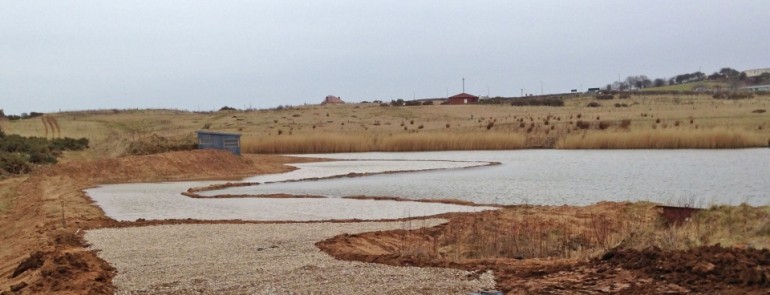
The new hide and new conservation work at Thornwick April 2013
In 2014 YCN Director Richard Baines raised £1,000 for the FBO Conservation fund to be spent directly on projects which will help birds at Flamborough. Richard raised the money by being sponsored to try to see as many species of birds as possible in two months September and October 2014. His final tally was 161 species!
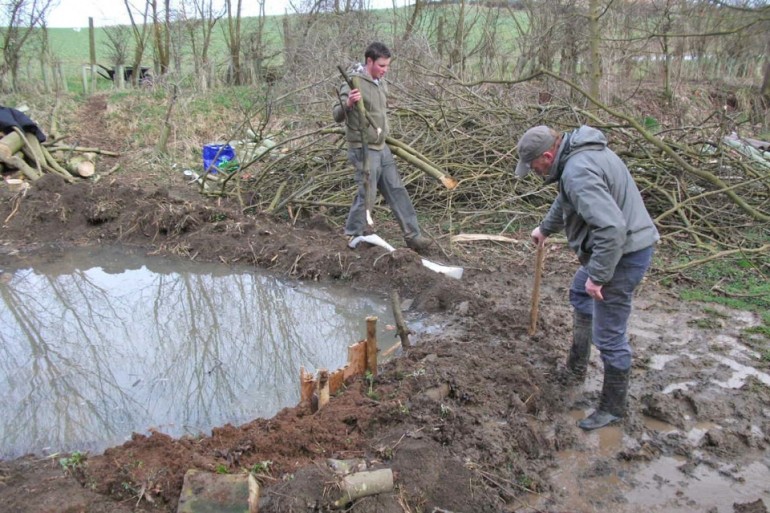
Richard Baines and Dan Lombard create a pond in Old Fall Plantation March 2010
In 2019 YCN donated £700 towards the building of a new seawatching hide on the cliffs by the Fog Station. This fabulous new building now welcomes members of FBO and organised groups to help record seabirds and cetaceans and to improve our understanding of our offshore wildlife.
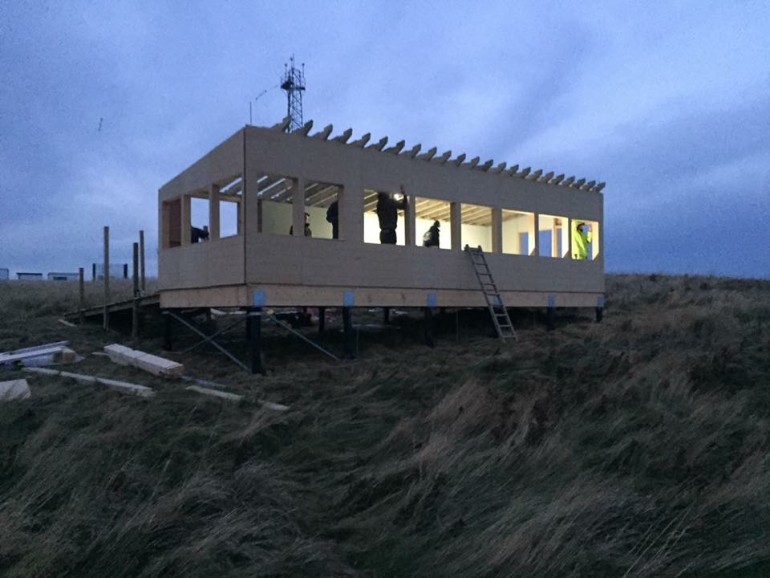
The new seawatching hide almost complete 2019
Bird Observatories
A bird observatory is a place which conducts long-term monitoring of bird populations and migration. Individual observatories are located at prime migration points where a daily census is taken in a defined recording area. An integral part of observatory work is bird ringing, undertaken within the national British scheme coordinated by the British Trust for Ornithology (BTO). This provides data for guiding conservation policies. The Observatories encourage volunteers to participate in scientific studies of birds and the environment. The results of these studies and more general information are made freely available to researchers and to the public who are welcome to visit. To learn more about national Observatories CLICK HERE



 Back to Home
Back to Home